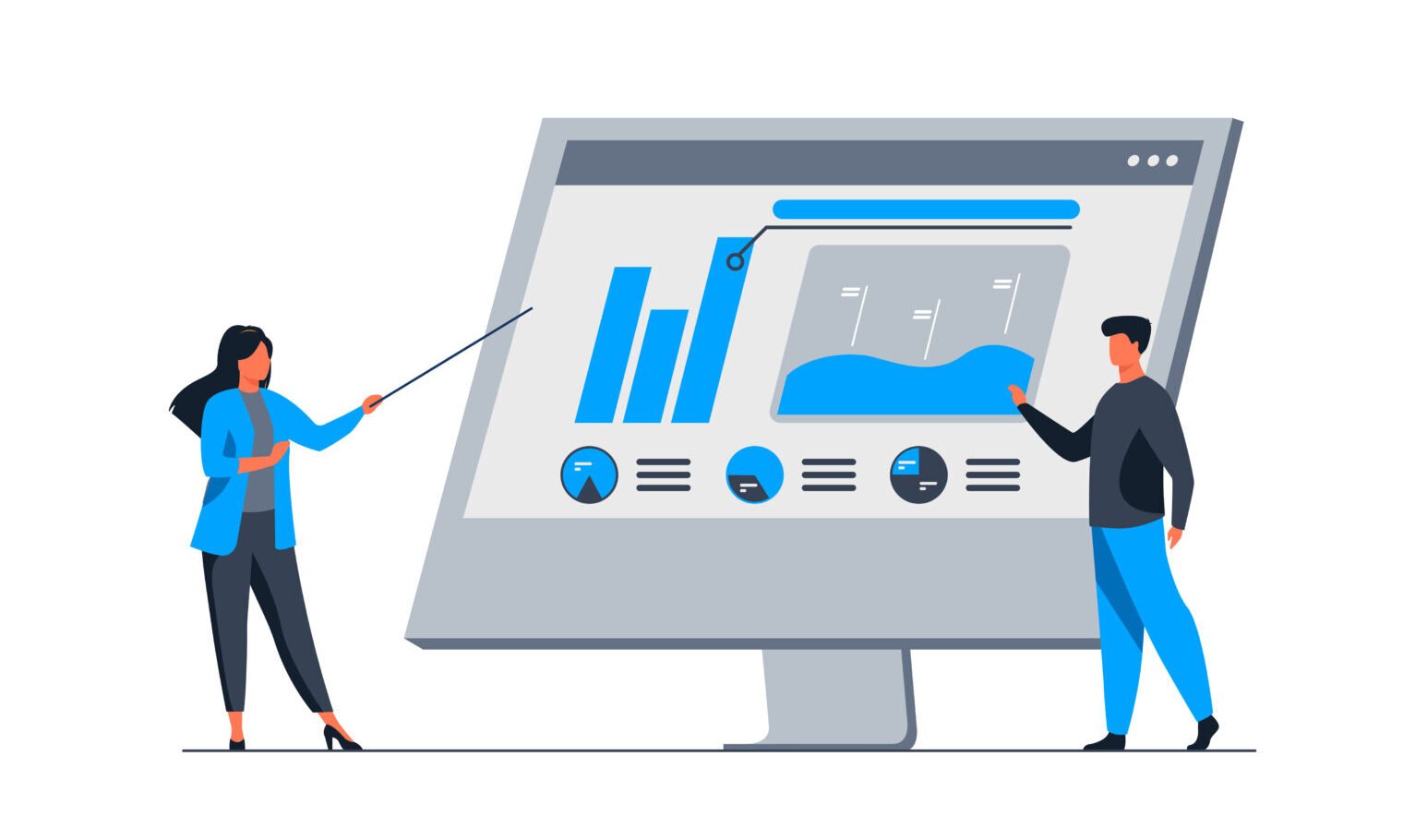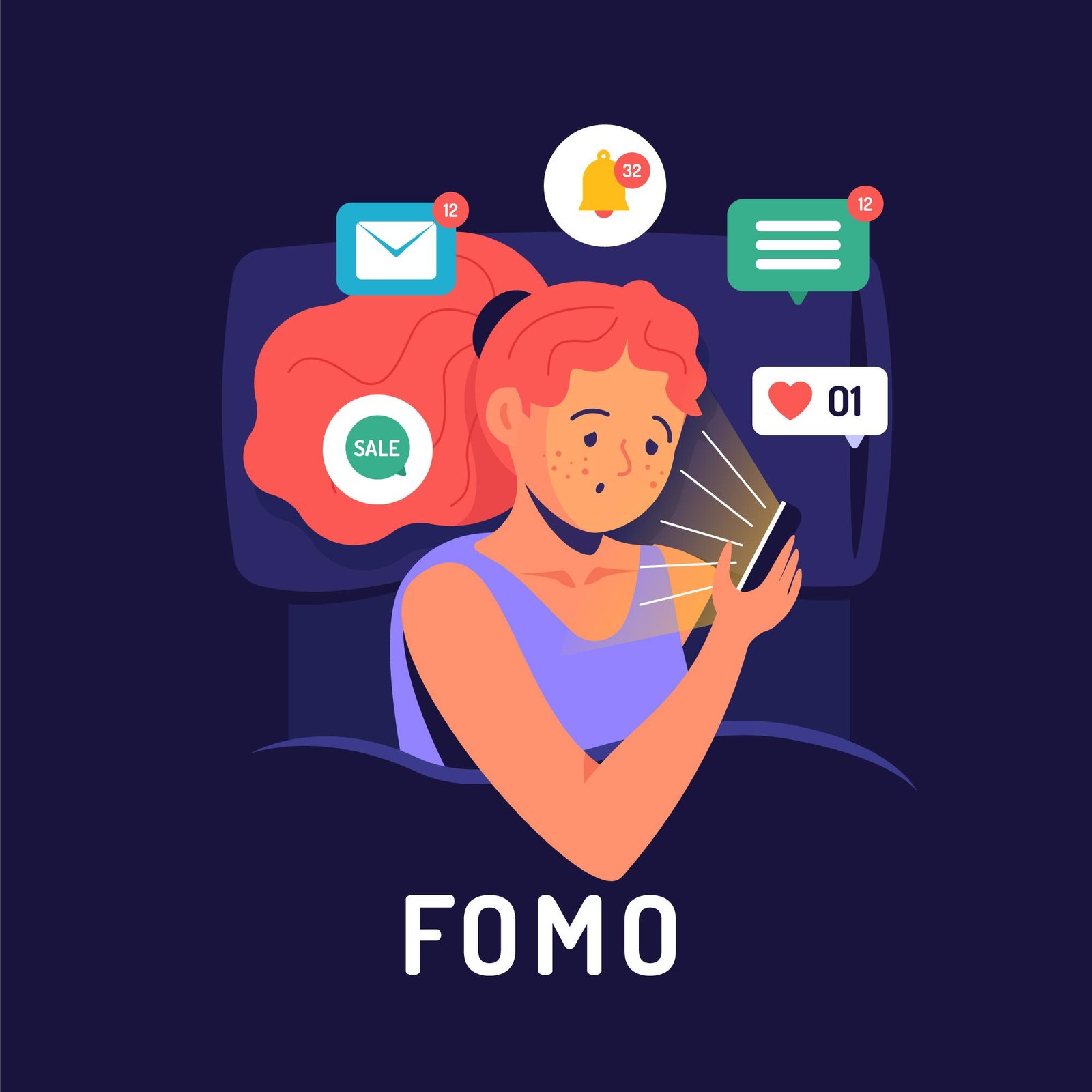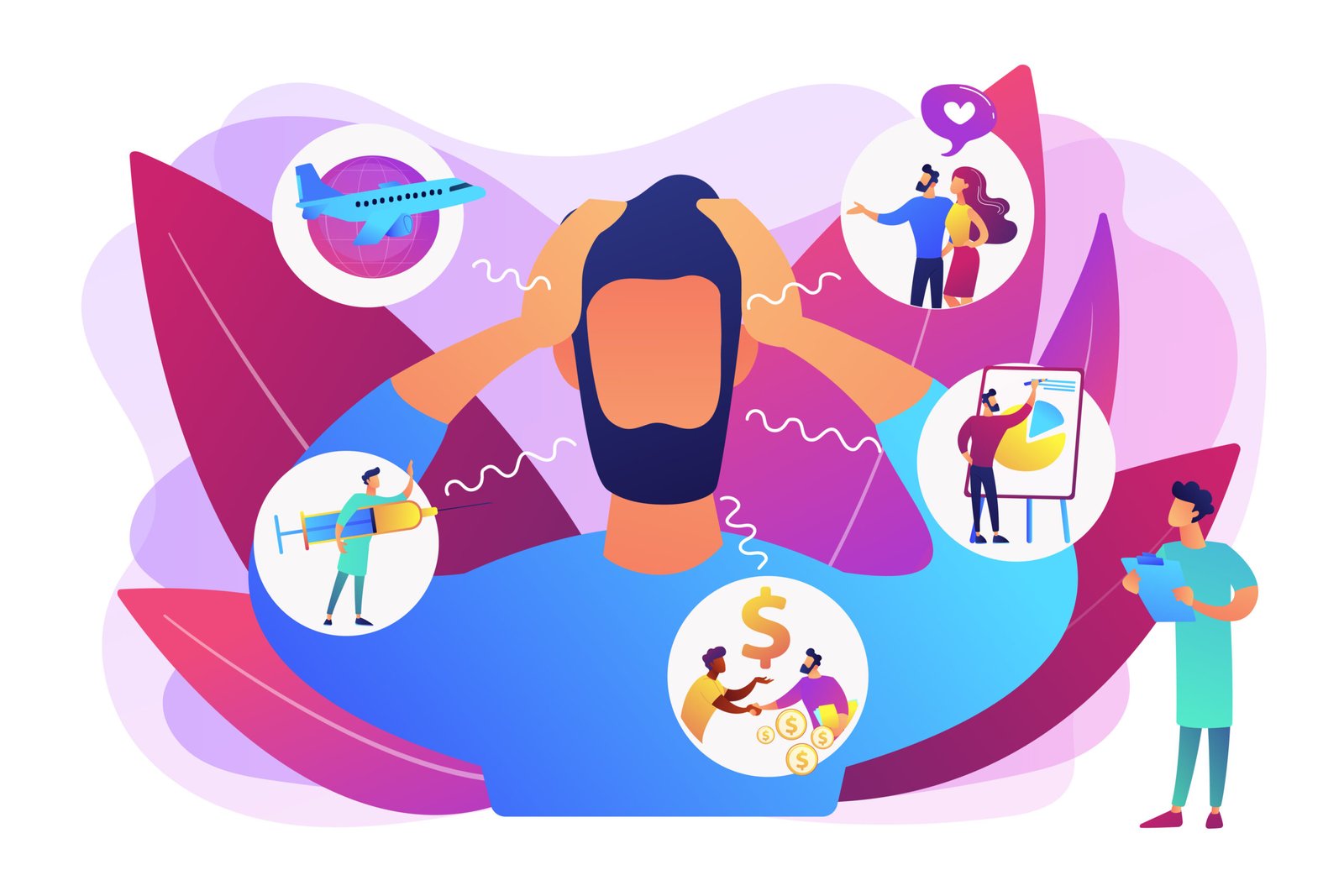Almost all human decisions have emotions at their core. Many marketers think consumers make rational buying choices. Research shows that emotions substantially affect and often determine our decisions. The truth is simple—customers make gut-level decisions. Their buying actions come directly from changes in their emotional state.
So, landing page conversion rate optimization depends on triggering the right emotions. Negative emotions create the strongest responses. A study of 70 million messages found anger to be the most powerful emotional trigger. This explains why loss aversion tactics work so well. People prefer avoiding losses over getting something new. Studies suggest losses can be twice as powerful as gains in our minds. Landing page designers should add:
- Social proof elements that tap into customers’ trust in others’ opinions
- Security signals that build visitors’ confidence in their decisions
- Emotional imagery that connects with visitors’ dreams
- Clear solutions to specific pain points that appeal to target audiences





